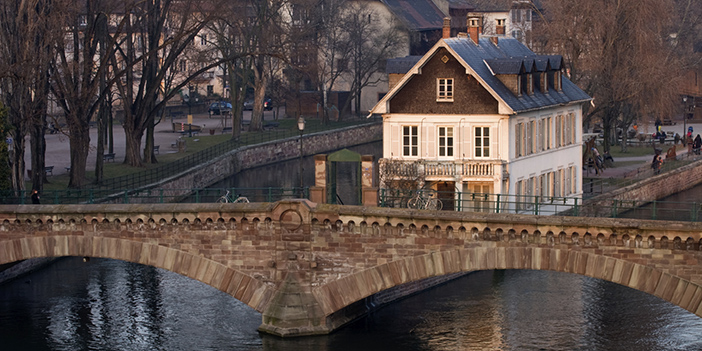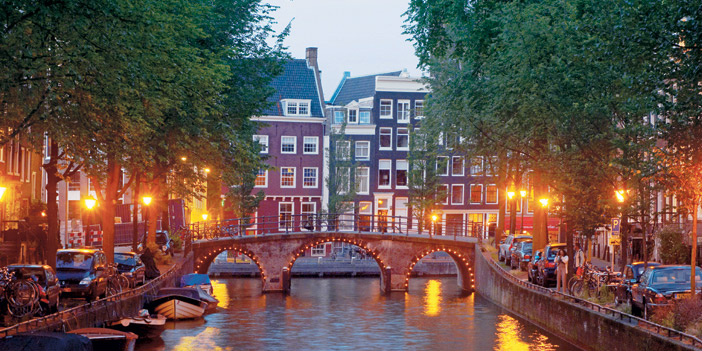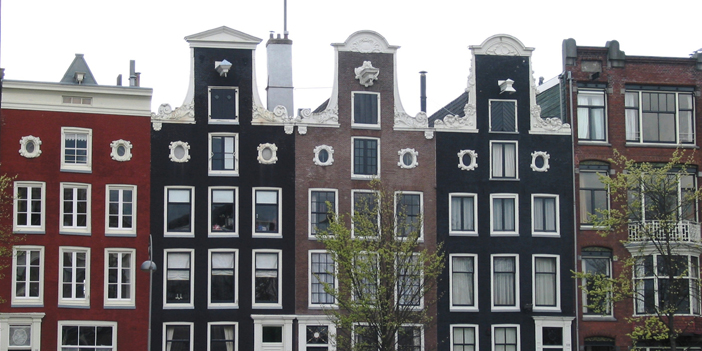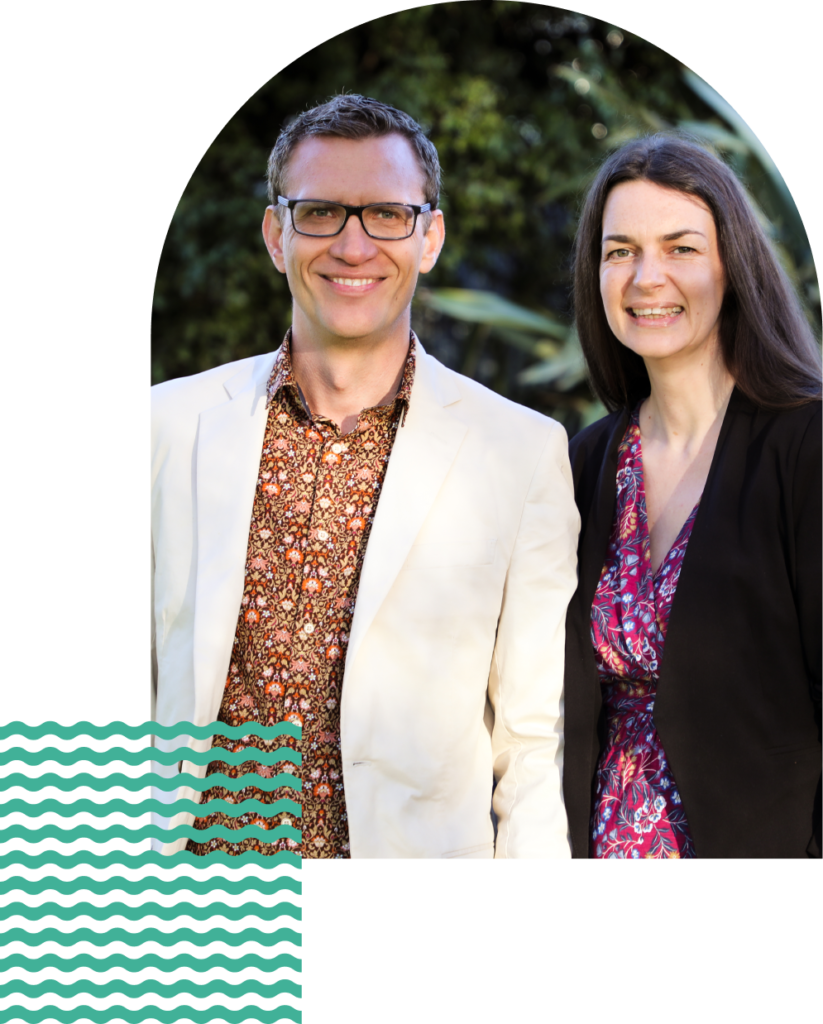Vivid vistas, wine and Rhine culture
Discover the enchanting landscapes and rich cultures of the Middle Rhine, a UNESCO Site boasting turreted fortresses, grand cathedrals, medieval towns and stunning scenery. Admire terraced vineyards dating back to the Romans and taste the region’s renowned red and white wines. Savor the culinary traditions of Alsace and explore Amsterdam, Basel and Cologne. The winter season is an ideal time to visit, with fewer travelers and easier access to landmarks.
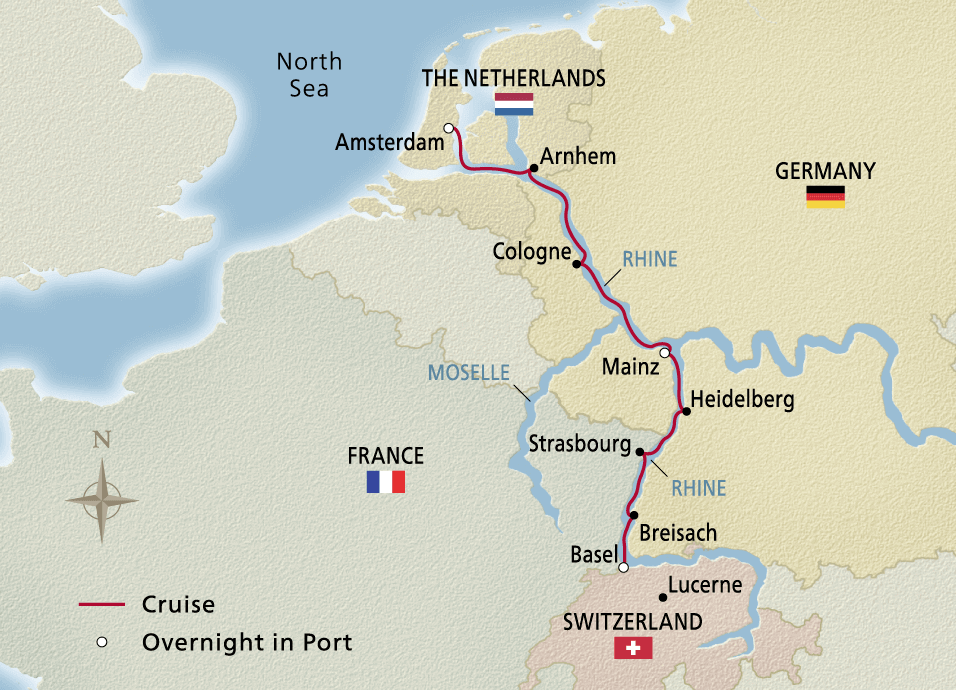
About Viking
Experience the exceptional Viking Longships, renowned for their innovative engineering, sleek Scandinavian design, and refined sophistication. These award-winning vessels have been meticulously crafted to bring you closer to your desired destinations, ensuring an unparalleled level of comfort throughout your journey. Revel in the spacious staterooms adorned with full-size verandas, indulge in the grandest suites found on Europe’s rivers, and savor exquisite al fresco dining experiences. With thoughtful attention to detail, the Viking Longships offer an elevated river cruising experience that combines elegance and functionality. Immerse yourself in the beauty of Europe’s waterways aboard these remarkable vessels, where every moment is designed to exceed your expectations and create lasting memories.
